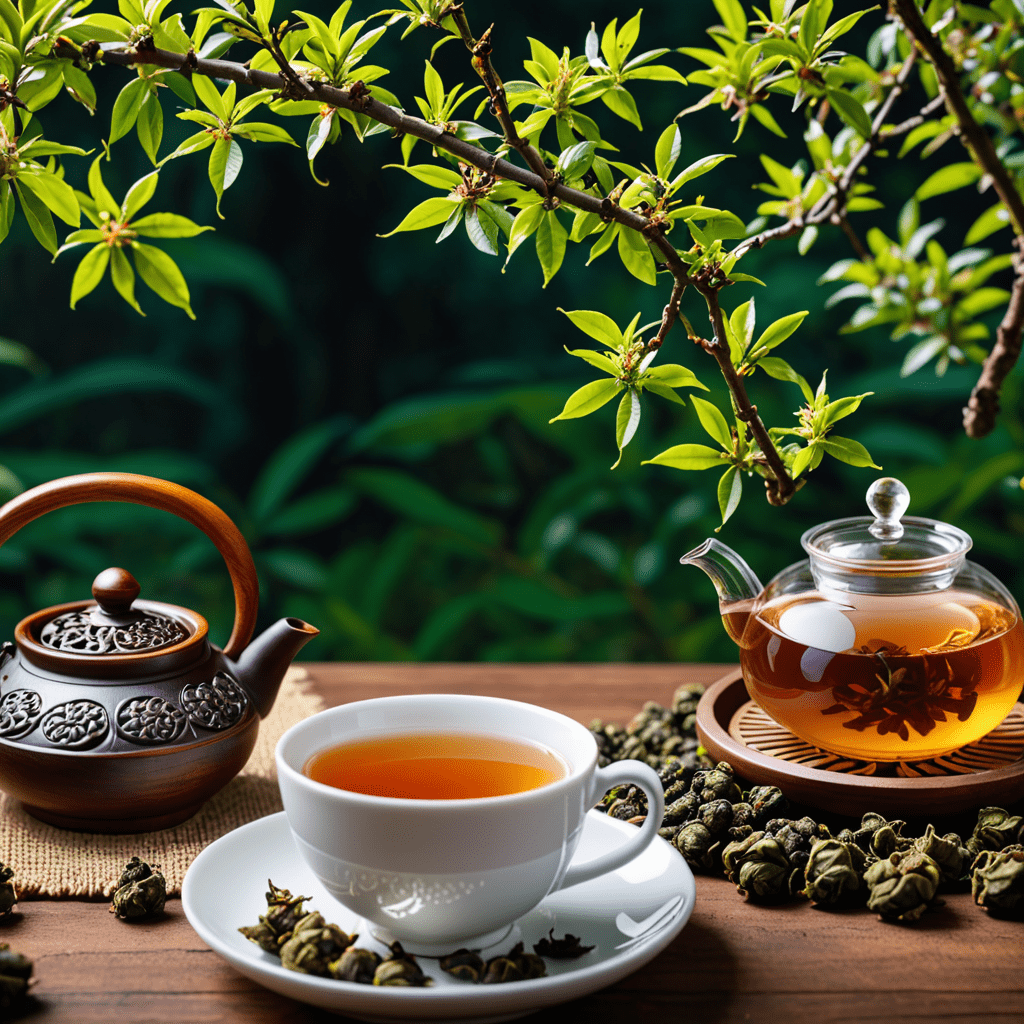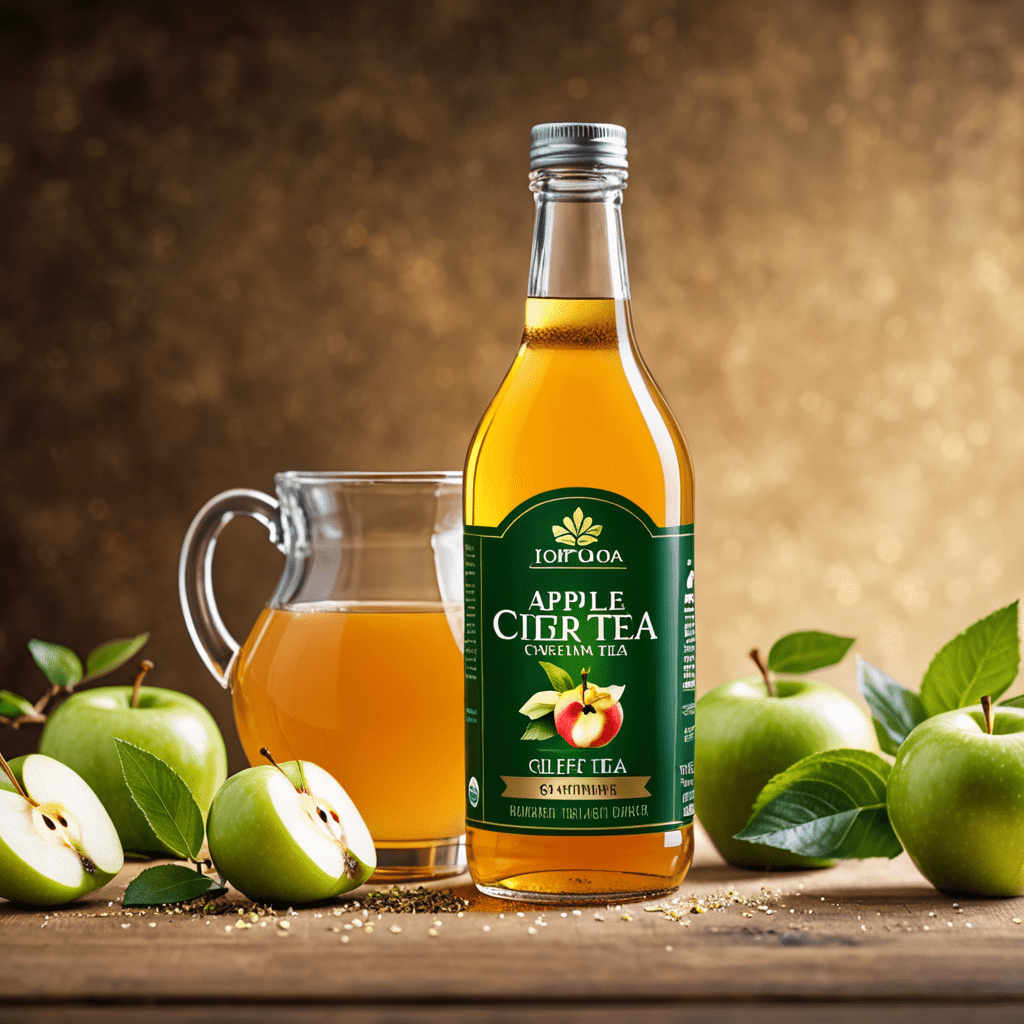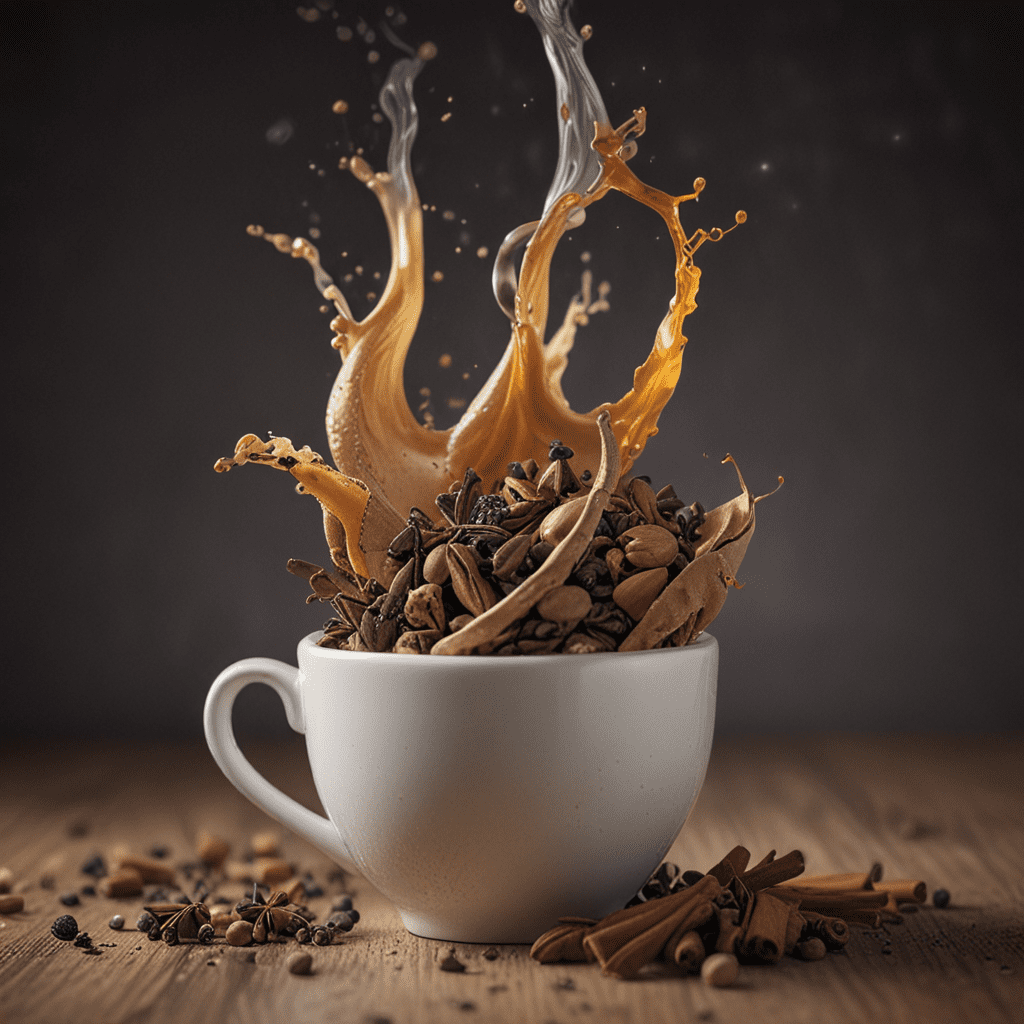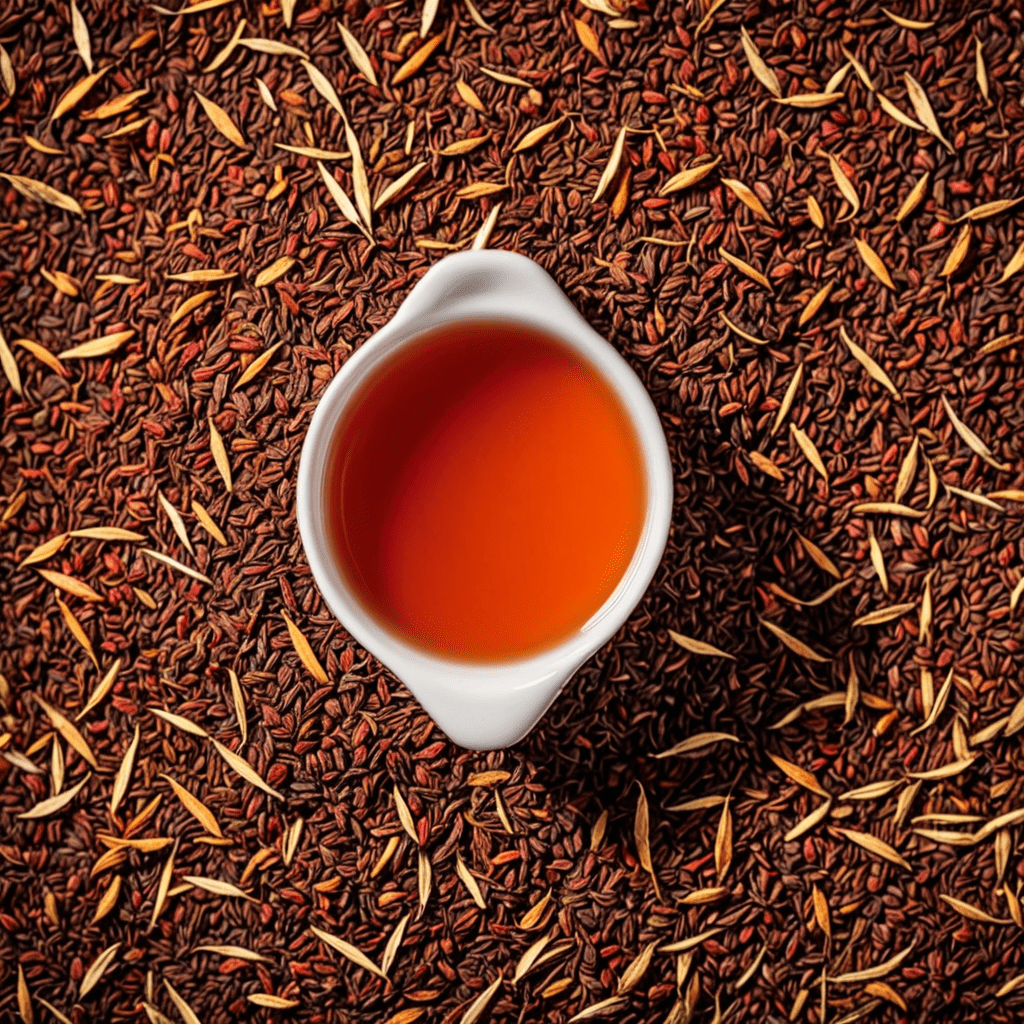
Oolong Tea: From Plantation to Teapot
The Art of Oolong Tea Making
Oolong tea, a traditional Chinese tea, sits beautifully between green and black tea. Its production involves withering, oxidation, and fixation, showcasing the skillful craftsmanship of tea artisans.
Harvesting the Tea Leaves
Oolong tea leaves are meticulously hand-picked, ensuring only the finest buds and leaves are selected for processing. The timing of harvest influences the tea’s flavor profile.
Withering and Oxidation Process
After harvesting, the leaves undergo withering where they are spread out to reduce moisture content. Oxidation levels are then carefully controlled, determining the tea’s ultimate taste and aroma.
Rolling and Firing
The withered leaves are skillfully rolled to release enzymes, kickstarting oxidation. Following this, firing halts the oxidation process, setting the final flavor profile of the oolong tea.
From Tea Plantation to Tea Pot
Once the leaves have been processed, they are sorted, graded, and packaged for distribution. From the plantation to the teapot, oolong tea undergoes a journey that culminates in a delightful tea-drinking experience.
Enjoying Oolong Tea
To savor oolong tea fully, use water just below boiling point and steep the leaves according to their specific requirements. The result is a fragrant, nuanced cup of tea that embodies centuries of tradition and expertise.
Exploring Varieties of Oolong Tea
From light and floral to dark and robust, the world of oolong tea offers a diverse range of flavors and aromas. Embark on a sensory journey through different oolong varieties to discover your favorite.
FAQ About Oolong Tea
What is Oolong Tea?
Oolong tea is a traditional Chinese tea that falls between green and black tea in terms of oxidation levels. It is known for its floral aroma, complex flavors, and numerous health benefits.
How is Oolong Tea Produced?
Oolong tea goes through a meticulous process that includes withering, bruising, oxidation, fixing, rolling, and drying. The level of oxidation varies, influencing the final taste profile of the tea.
Where is Oolong Tea Grown?
Oolong tea is primarily grown in China and Taiwan, with specific regions like Wuyi Mountains and Fujian Province in China, and Alishan and Nantou in Taiwan, renowned for producing high-quality Oolong teas.
What are the Health Benefits of Oolong Tea?
Oolong tea is rich in antioxidants, aids in weight management, promotes heart health, boosts metabolism, improves mental alertness, and may have anti-cancer properties, making it a popular choice for health-conscious individuals.


